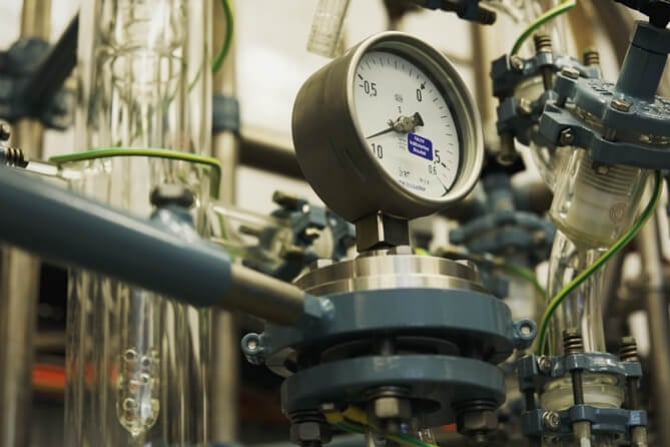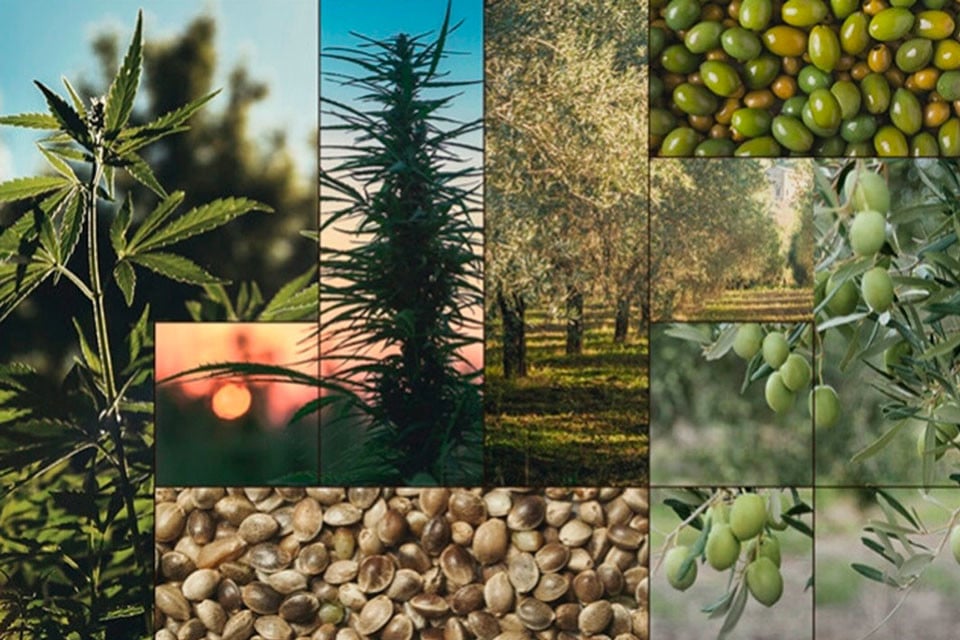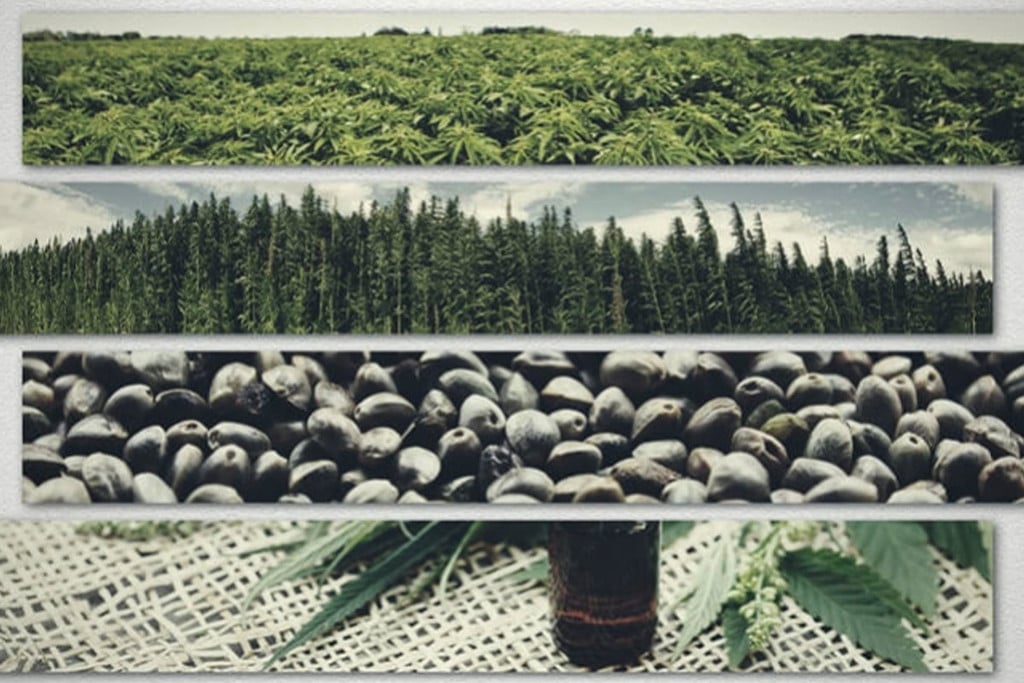.
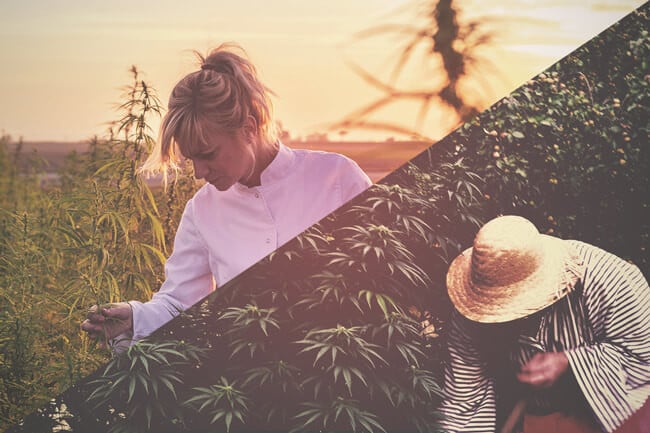
The Difference Between CBD Oil And Cannabis Oil
CBD oil, THC oil, cannabis oil, hemp oil… what on earth is the difference? If you’re as confused as most, and aren't sure what to get—no worries, you can find out about the differences between all these oils and more right here!
Contents:
The many varieties of CBD oils, hemp oils, cannabis oils, CBD tinctures and whatnot available today can make it difficult to decide what to get. A lack of regulatory guidelines and misleading information (sometimes intentional!) doesn't help matters much. So, what’s up with CBD oil vs cannabis oil? Aren’t they the same thing?
The Difference Between CBD Oil And Cannabis Oil
Well, to make a long story short: no—CBD oil is not the same as cannabis oil. Although both are derived from the same species of plant (Cannabis sativa), CBD oil and cannabis oil are different, and also autumn under completely different laws. Moreover, CBD oil and cannabis oil are usually consumed for different purposes. Here's the scoop on them:
CBD Oil
CBD oil often features all (or most) of these cannabinoids, minus copious amounts of THC. Some CBD oils contain trace amounts of THC, but not nearly enough to have a psychotropic effect. Some CBD oils also contain hemp seed oil or olive oil carriers added to increase bioavailability (rate and efficacy of the formula) and for added flavour.
As these already minuscule amounts are further reduced during the production of CBD oils, there is essentially no THC in these products at all (hence the term ‘trace’).
However, among consumers in the know, full-spectrum CBD oils are becoming more popular as we learn more about the potential of, and health benefits, associated with these so-called “whole-plant” formulas.
Given the difference in cannabinoid profile, people often favour cannabis oil because its effects differ from CBD oil.
CBD oil is most often made from industrial hemp. Hemp isn’t a different species than recreational cannabis, but it does feature one very significant difference: negligible amounts of the psychotropic constituent THC. Hemp does, however, contain CBD and other cannabinoids such as CBDA, CBC, CBGA, CBN, and CBCA. CBD oil often features all (or most) of these cannabinoids, minus copious amounts of THC. Some CBD oils also have hemp seed oil or olive oil carriers added to increase bioavailability (rate and efficacy of the formula) and flavour.
Throughout much of Europe, hemp must contain no more than 0.2% THC to be considered legal. This threshold is increased slightly in the US at 0.3% THC. As these already minuscule amounts are further reduced during the production of CBD oils, there is essentially no THC in these products at all. CBD oils made from hemp cannot get you high. Because of this, CBD oil is legally available throughout the EU and in other nations.
Full Spectrum CBD Oil Vs CBD Isolate
When you’re shopping for CBD oil, you may come across the phrase “full spectrum” oil or “CBD isolate”. What do these terms mean?
-
Full spectrum CBD oil
Full spectrum CBD oil doesn’t contain just CBD, but also other cannabinoids like CBN, CBDV, CBG, CBC, and CBDA. It also contains flavonoids and terpenes, the substances that give cannabis its flavour and colour. Why is this important? It is believed that these “minor” cannabinoids and other substances work in synergy to support a phenomenon known as the “entourage effect”. In essence, the active chemical constituents in hemp can work together to produce an effect that’s greater than the sum of its parts. As a result, full spectrum oils have become popular among those looking to benefit from the entourage effect.
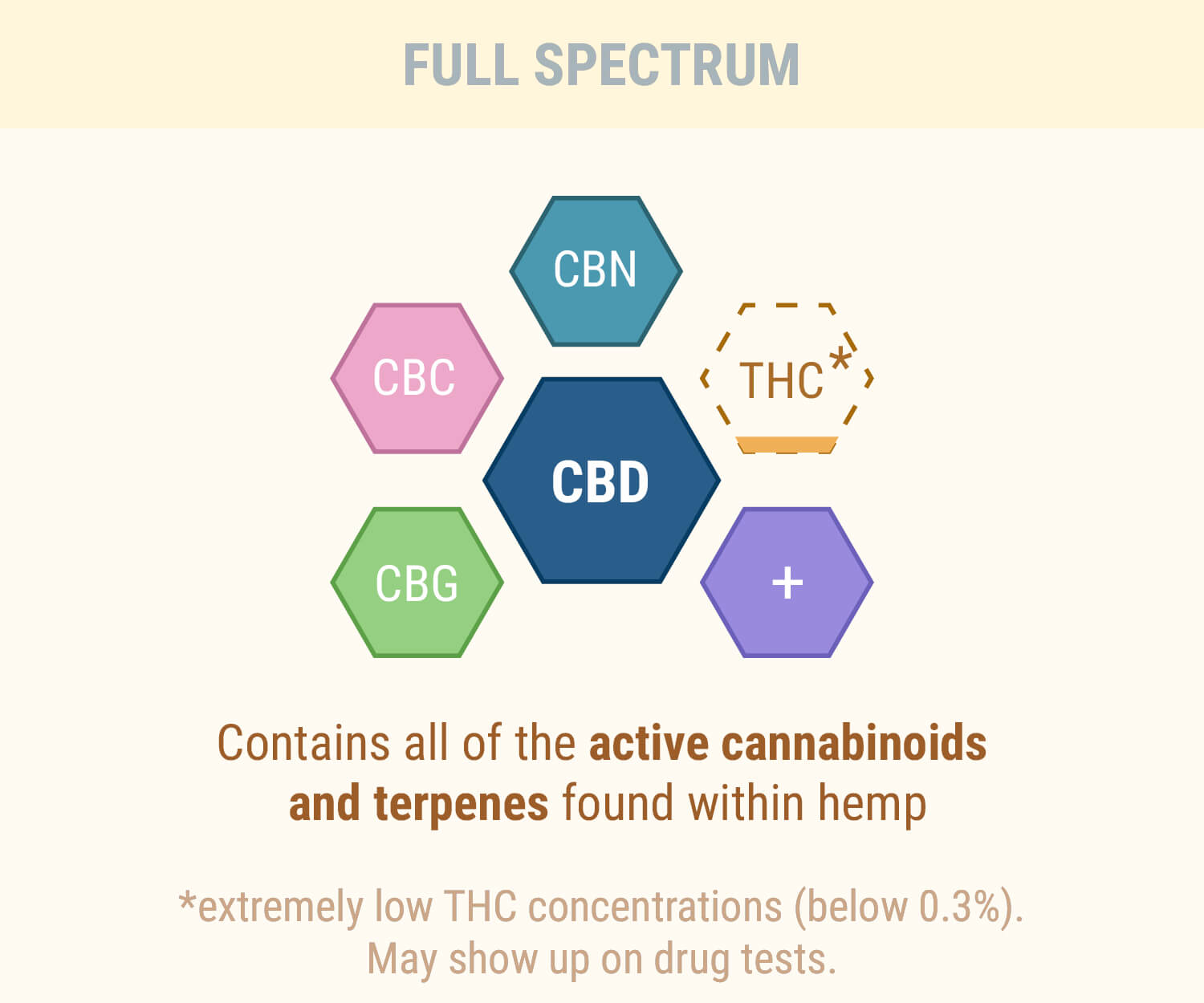
-
CBD isolate
CBD isolate, on the other hand, doesn’t contain any other cannabinoids, flavonoids, or terpenes, as it is an almost pure form (99.9%) of CBD.
So, which one is better? Full spectrum or CBD isolate? There is no definite answer to that. CBD isolate has the advantage of being the purest form of CBD. There is no risk of psychotropic effects, and a drug test won’t show anything. CBD isolate is also tasteless and odourless, which can make it more suitable for adding to recipes. However, among consumers in the know, full spectrum CBD oils tend to be more popular as we learn more about the potential of these so-called “whole plant” formulas.
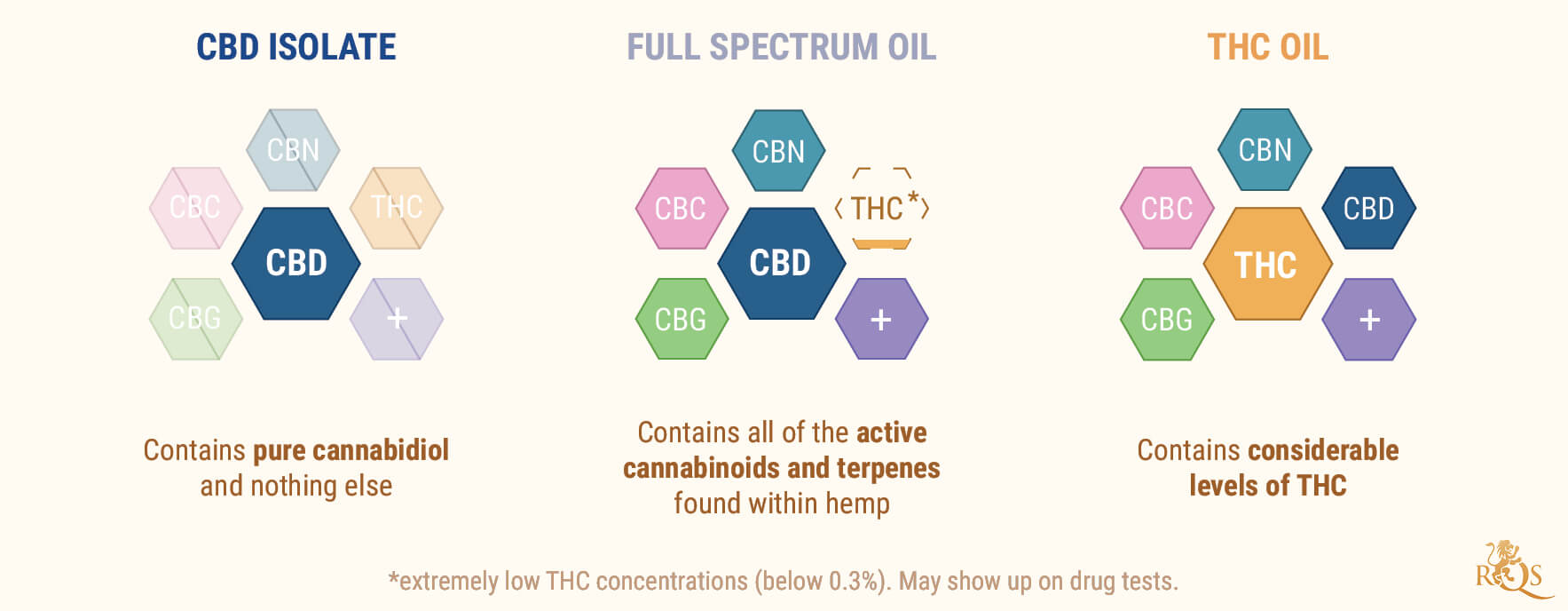
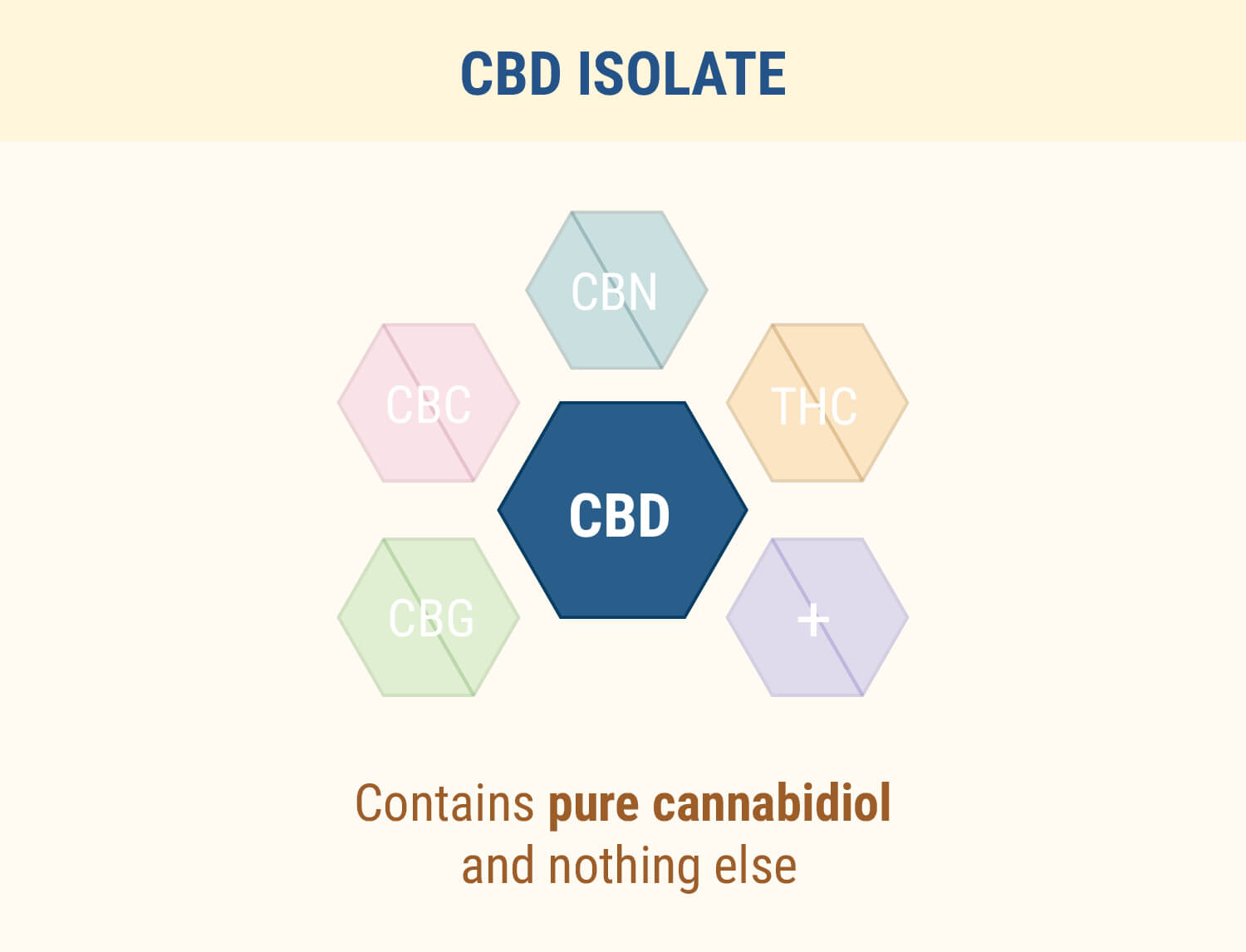
Cannabis Oil (“Marijuana Oil”, “THC Oil”)
To start with, the terms “cannabis oil”, “marijuana oil”, and “THC oil” all mean more or less the same thing. Each one is an oil infused with cannabis extract high in THC. Not only does cannabis oil contain more (usually much more) THC than CBD oil, but it's typically derived from recreational or medicinal cannabis rather than industrial hemp.
Of course, this isn't to say that manufacturers aren't labeling their CBD oil as "cannabis oil" in hopes of appealing to more customers. But, for our purposes, when talking about cannabis oil, we mean the "real thing"—an oil containing considerable levels of THC.
Given the difference in cannabinoid profile, people favour cannabis oil because its effects differ from CBD oil. Some use it recreationally (to get high), while others prefer cannabis oil’s therapeutic properties.
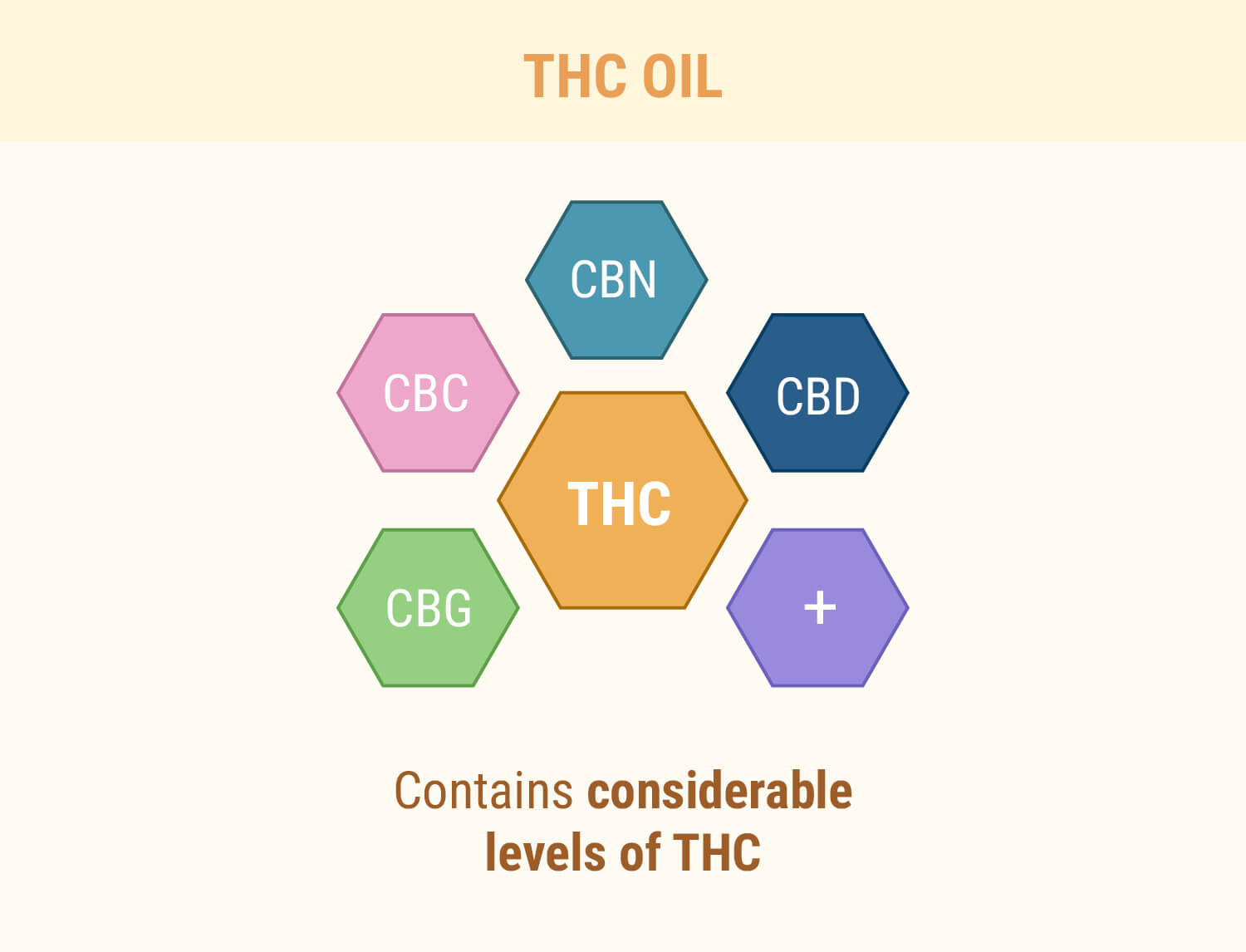
The potential benefits of cannabis oil include:
- Healthier delivery (no inhalation involved)
- Discreet (no noticeable smell or giant plumes of smoke)
- Precise dosing
- Stronger high (up to four times more potent compared to smoking)
- Longer-lasting effect
THC — Not Just For Stoners
We hear about the benefits of CBD all the time, but there is now evidence[1] that cannabis may exert more of its beneficial effects when both major cannabinoids (CBD and THC) are present. Likewise, research suggests[2] that for treating certain types of pain, an added dose of THC may be more effective than CBD alone. In other words, there are justified reasons why a patient would want cannabis oil that contains THC.
Because of its legal status, you won’t find cannabis oil on eBay or at your head shop around the corner. However, there are exceptions where one could legally obtain cannabis oil for medicinal uses: For instance, if you’re a patient in Germany or happen to live in another country where medicinal cannabis is legal, a doctor can prescribe you cannabis oil or you can get it with your medical card at a dispensary. In theory, this sounds great. In practice, however, many doctors will not give out cannabis prescriptions left and right to anyone who comes to their office and asks nicely. Many times, they will prescribe cannabis only if other treatment methods haven’t proven effective. We hear about the benefits of CBD all the time, but there is recent evidence suggesting cannabis may exert more of its beneficial effects when both major cannabinoids (CBD and THC) are present. Likewise, research suggests that for treating certain types of pain, an added dose of THC may be more effective than CBD alone. In other words, there are justified reasons why a patient would want cannabis oil that contains THC.
How to Make Cannabis Oil at Home
There are several ways to decarboxylate (or decarb) weed, but, whichever method you pick, remember that too much heat can also destroy your precious THC and its other constituents like terpenes and flavonoids.... If all this talk of cannabis oil has got you excited, we've got fantastic news—you can make it at home! You'll need a few pieces of equipment and a suitable solvent, but, in exchange, you'll gain complete control over the quality of the final infusion.
Creating cannabis oil at home can also work out to be marginally cheaper than shop-bought alternatives. Plus, if you already have the bud kicking around, it makes sense to set some of it aside for cannabis oil. Your infusion will last significantly longer than any cannabis flower ever will.
Ingredients
- 45g decarboxylated cannabis buds (see tip below)
- 2l ethanol (99% proof isopropyl alcohol)
Hardware
- 2x large mixing bowl
- Plastic spatula
- Cheesecloth or sieve
- Elastic band
- Rice cooker
- Syringe
- Paper clip
- Lighter
TIP: Decarboxylation involves gently heating plant material to activate the cannabinoids inside. There are several ways to decarboxylate (or decarb) weed, but, whichever method you pick, remember that too much heat can also destroy your precious THC. If in doubt, low and slow is the best way to decarboxylate.
Instructions
- 1. Add all of the decarboxylated cannabis buds and the ethanol to a large mixing bowl. Only pour in enough ethanol to submerge the buds.
- 2. Gently stir the infusion well using a plastic spatula. Keep stirring and pressing the plant material for three minutes.
TIP: Don't use a metal spatula or handheld mixer to stir the solvent. Ethanol is highly flammable, and even the smallest spark is highly dangerous.
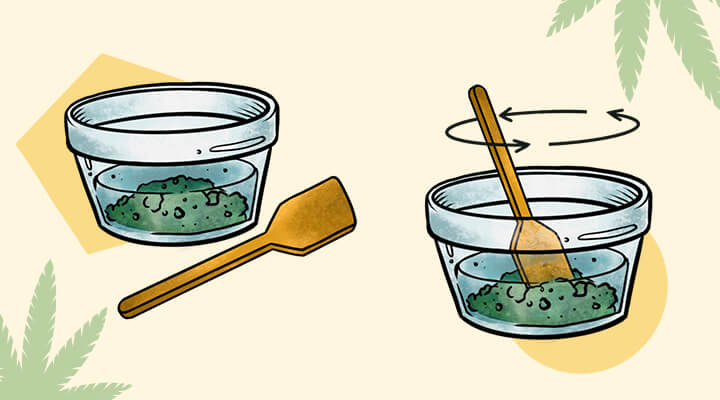
- 3. Cover the second large mixing bowl with the cheesecloth and secure with elastic bands. Then, carefully pour in the cannabis/ethanol mixture. The cheesecloth will catch all of the leftover plant material.
TIP: You can repeat this process several times to get every last drop of THC out of your buds. Cycle through steps 1–3 using the leftover plant material until you fill the second bowl with cannabis-infused ethanol.
- 4. Set up your rice cooker in a well-ventilated area, away from direct flames. Then, transfer a quarter of the infusion from the mixing bowl to the rice cooker.
TIP: Although rice cookers aren't essential, they remove a lot of the risk, and they maintain a consistent, low temperature perfect for evaporating ethanol.
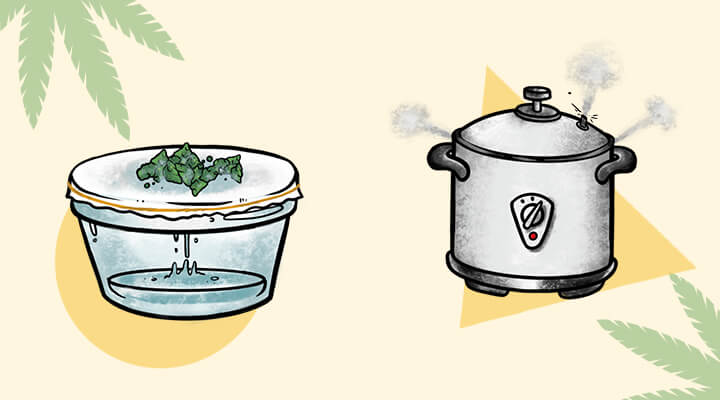
- 5. Set the rice cooker to warm, and check back on it every hour to see how much ethanol has evaporated. Once the infusion starts getting low, add another quarter from the mixing bowl until all of the solvent from step three is gone.
TIP: Depending on how much solvent you use, step five can take anywhere from 12–24 hours.
- 6. Before you decant your cannabis oil into a suitable container, there's one last check to perform. Dip one end of a paper clip into your cannabis oil, then remove it and carefully heat the same end with a lighter. If there's no spark or flame, you've completely removed all the ethanol.
TIP: If there's a small spark, some solvent remains, and the infusion needs longer in the rice cooker!
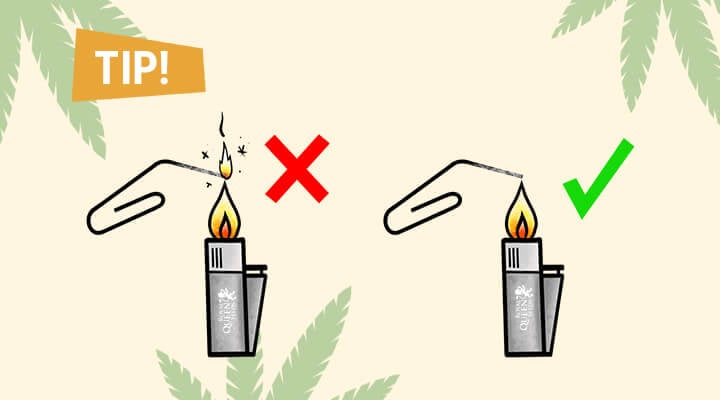
- 7. Once you're happy all of the ethanol is evaporated, siphon the oil directly using a syringe, or pour the entire batch into several dropper bottles. If, over time, it becomes hard to dispense the oil, run the syringe or dropper bottle under a hot tap to lower the oil's viscosity.
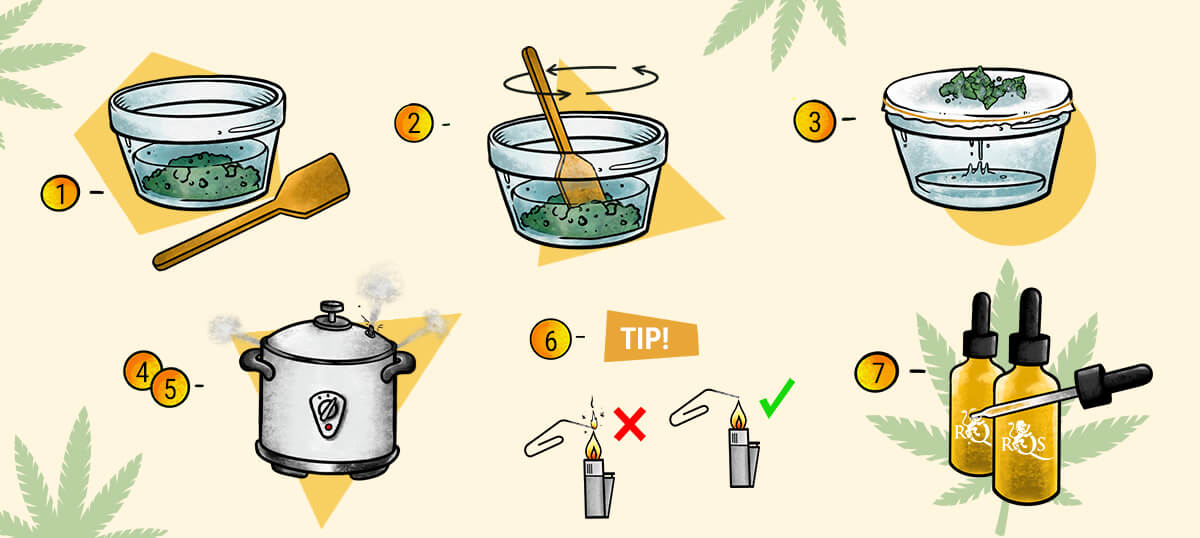

Choosing the Right Strain for Cannabis Oil
The beauty of homemade cannabis oil is that you can use any strain you'd like! If high potency is your goal, consider a strong THC strain like Wedding Gelato. Or, if you're after a more mellow experience, higher CBD strains provide a balancing effect.
There's also a variety of solvents you can use, including coconut oil and MCT oil. Both aren't quite as efficient at binding with cannabinoids, but they're fantastic alternatives if ethanol is unsuitable.
What About Hemp Oil?
As if the situation wasn’t confusing enough, you can also find “hemp oil”. So, what the heck is that?
Hemp oil (or hemp seed oil) is what you can find in health food shops and nice supermarkets, right beside the sunflower, sesame, or jojoba oil. Hemp seed oil is the cold-pressed extract from hemp seeds. It contains absolutely no cannabinoids, so there’s no CBD or THC in it. But this isn’t to say that hemp (seed) oil is useless; on the contrary! As a superfood rich in antioxidants, omega-3 and 6 fatty acids, and protein, it is very healthy in its own right and can be used to provide extra nutritional value to your diet. Hemp seed oil is also widely used in cosmetics and beauty products as it moisturises and softens the skin. While you wouldn’t use hemp seed oil for the same reason(s) you’d use CBD or cannabis oil, each has its purpose. Moreover, as mentioned above, CBD oil is often infused with hemp seed oil to boost its effect.
CBD Tincture
Some manufacturers market CBD tinctures as “CBD oil”, which technically isn’t correct. Whereas CBD oils contain olive, hemp seed, or some other type of carrier oil for cannabinoids to bind with, tinctures use alcohol (or glycerine). These products can be quite similar to both CBD oil and cannabis oil (depending on cannabinoid content) but are not ideal for everyone. For instance, tinctures used topically may irritate the skin, and oftentimes tinctures are less regulated, chiefly because they’re not as popular as CBD or cannabis oil. Ultimately, it comes down to personal taste and reason for use.
Rick Simpson Oil
Rick Simpson Oil (RSO) is another cannabis concoction, this time popularised by former engineer turned cannabis advocate, Rick Simpson. Simpson developed a method for extracting cannabinoids using alcohol, then using a rice cooker to evaporate the alcohol to leave behind a potent extract. The exact cannabinoid profile of this concoction varies, but it’s known to contain both THC and CBD. RSO is also fairly easy to make at home, but you do need a rice cooker. For the most part, what makes Rick Simpson oil different is that it is a highly potent cannabis extract containing a significant amount of THC.
DisclaimerWhen consumed, THC metabolizes into 11-hydroxy-THC, which enters the body through the stomach and liver, resulting in a significantly stronger effect due to its increased affinity for CB1 receptors in the brain.
Ensure accurate portion control. Begin with small doses and gradually increase to develop tolerance.
Remember: Set and Setting will help you deal with various situations.
Stay Cultivated.
- Taming THC: potential cannabis synergy and phytocannabinoid-terpenoid entourage effects https://www.ncbi.nlm.nih.gov
- Cannabinoids in the management of difficult to treat pain https://www.ncbi.nlm.nih.gov


























